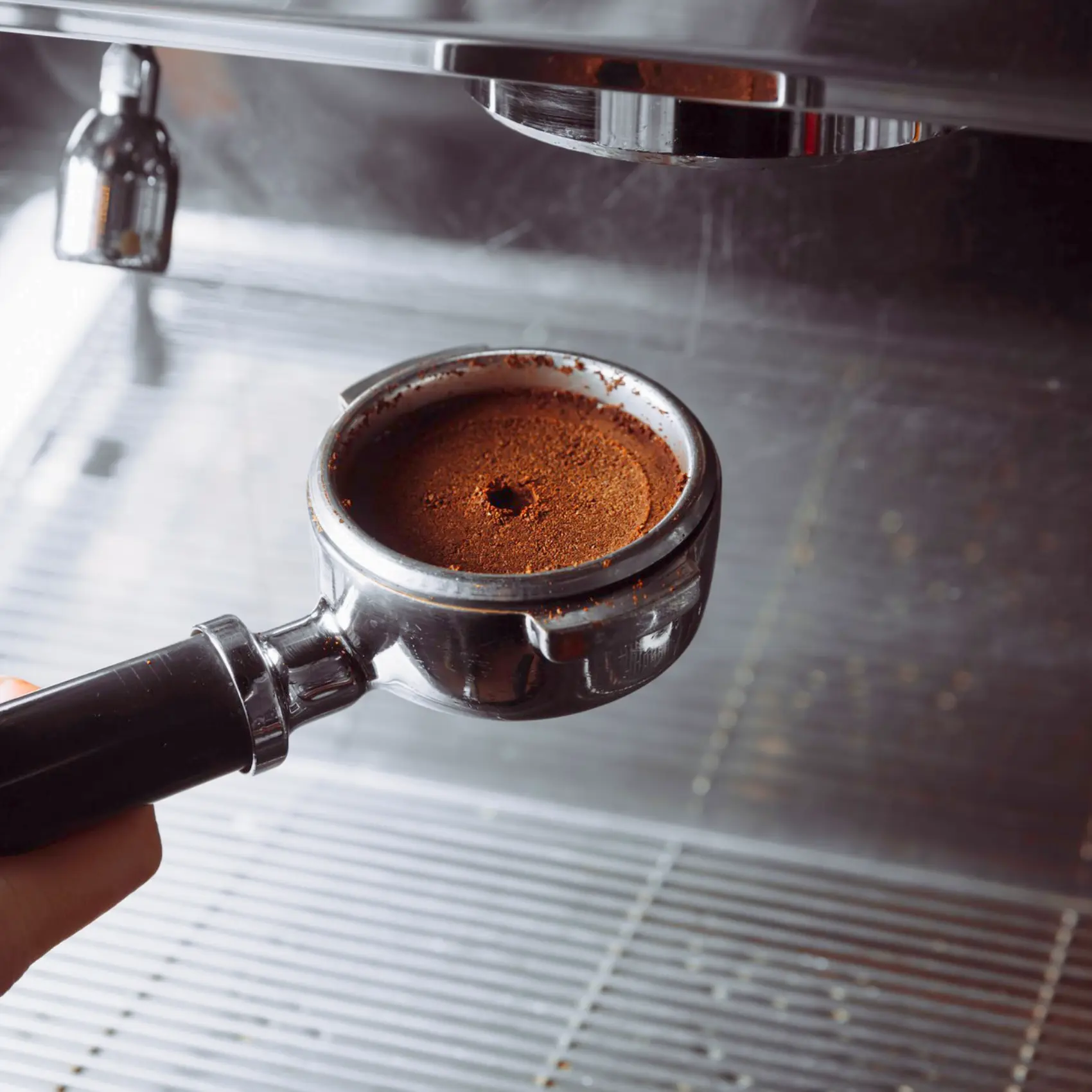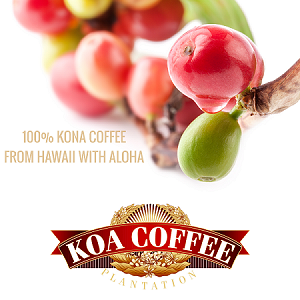Espresso channeling is a nuanced aspect of espresso making that can greatly influence the quality of the final cup. This article delves into the intricacies of espresso channeling, offering insights and guidance for both novice and experienced baristas. Through understanding and addressing channeling, baristas can significantly enhance the flavor, aroma, and overall quality of their espresso shots. The following sections will explore the fundamental principles of espresso brewing, the causes and effects of channeling, and effective strategies to mitigate this common issue. Whether you’re just beginning your journey in the world of this delectable beverage or looking to refine your skills, this comprehensive guide provides valuable information to help you master the art of espresso preparation.
Don’t want to read? Press play and enjoy the article as an audio version below.
- Introduction & Key Takeaway
- https://app.mysoundwise.com/tracks/17019043884343696e.mp3
- What Is Espresso Channeling?
- https://app.mysoundwise.com/tracks/17019045014575125e.mp3
- The Factors Influencing Espresso Channeling
- https://app.mysoundwise.com/tracks/17019046579553005e.mp3
- Detecting Espresso Channeling
- https://app.mysoundwise.com/tracks/17019048309763049e.mp3
- Preventing and Correcting Espresso Channeling
- https://app.mysoundwise.com/tracks/17019052429645210e.mp3
- Advanced Barista Tips and Tricks
- https://app.mysoundwise.com/tracks/17019054630317288e.mp3
- Conclusion & FAQs
- https://app.mysoundwise.com/tracks/17019055227962590e.mp3
Channeling Espresso: Key Takeaway
- Understanding Espresso Channeling: The article emphasizes the importance of understanding what espresso channeling is, how it occurs, and its impact on the quality of this coffee shot. Recognizing the signs of channeling is crucial for any barista to ensure a well-extracted and flavorful espresso.
- Techniques to Prevent Channeling: It outlines specific techniques such as even distribution of coffee grounds, consistent tamping pressure, and correct shot timing. These practices are essential in avoiding the creation of channels through which water can preferentially flow, leading to uneven extraction.
- Role of Equipment and Tools: The importance of using the right tools, such as a quality espresso grinder, calibrated tamper, and distribution tools, is highlighted. These tools play a significant role in achieving a consistent grind size and even tamping, which are key in preventing channeling.
- Regular Machine Maintenance: Emphasizing the need for regular cleaning and maintenance of the espresso machine, the article stresses how descaling and replacing worn-out parts are vital for preventing channeling and ensuring the machine performs optimally.
- Exploration and Adaptation: The guide encourages individuals to experiment with different coffee beans and extraction ratios. This exploration allows for a deeper understanding of how various factors influence the taste and quality of espresso coffee, leading to a more refined brewing technique and better control over channeling.
What Is Espresso Channeling?
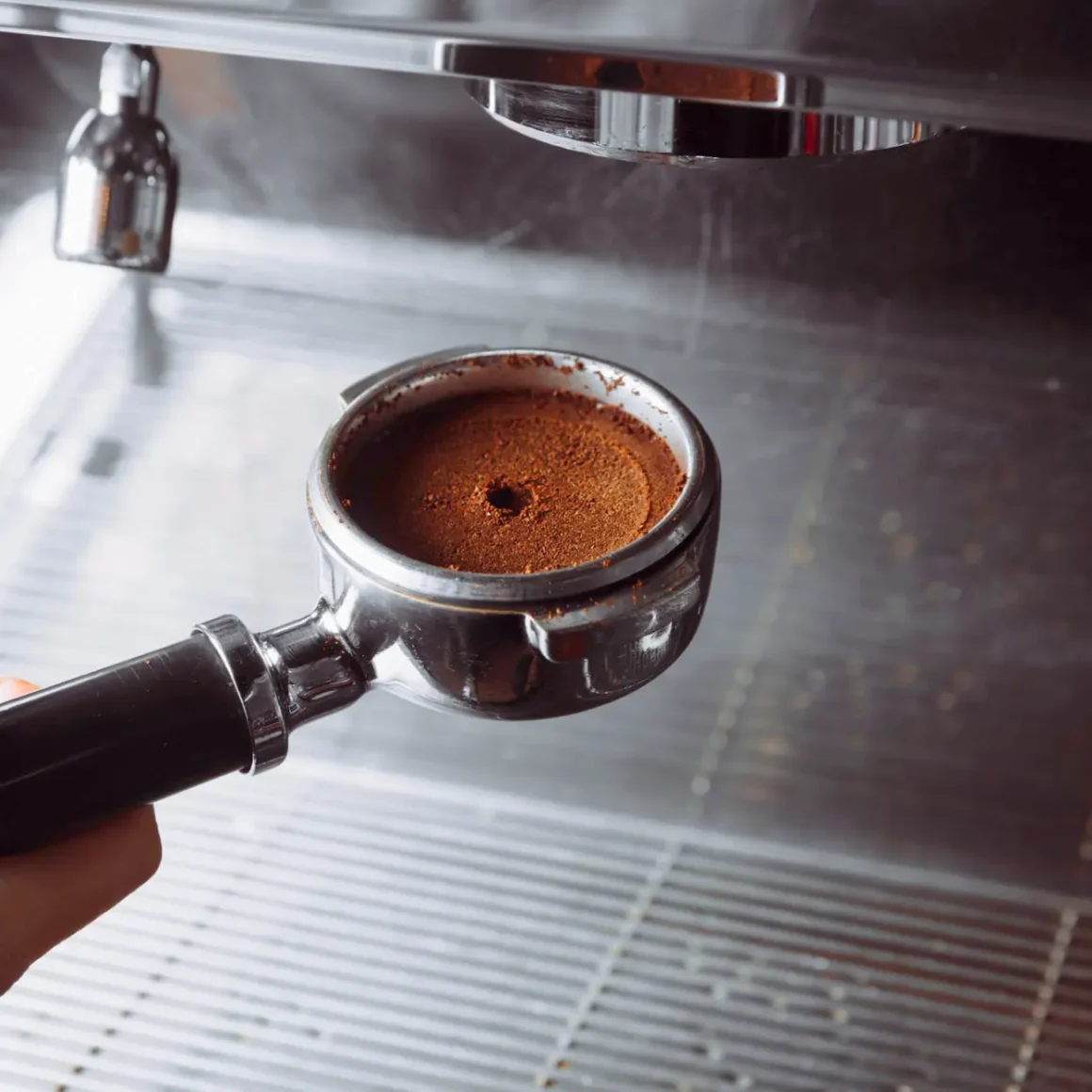
Espresso channeling is a phenomenon that occurs during the brewing process. It significantly impacts the quality and flavor of the espresso shot. Understanding espresso channeling involves delving into the basics of this coffee brewing, its implications on the extraction process, and how it differs from even extraction.
The Basics of Espresso Brewing
Espresso brewing is a complex and nuanced art, it’s crucial to grasp the fundamental principles that underpin the process.
- Pressure and Ground Coffee: The process starts with finely ground coffee, tamped evenly in a portafilter. Hot water is then forced through these grounds under high pressure. This method is designed to extract rich flavors and oils quickly. (1)
- Importance of Even Tamping: Tamping is crucial for creating an even surface. Uneven tamping can lead to water finding the path of least resistance, thus affecting the extraction quality.
- Temperature and Time: The temperature of the water and the extraction time are also vital. Ideally, this beverage is brewed at temperatures around 90-96°C (195-205°F), and the extraction time should be about 25-30 seconds for a balanced shot.
The Role of Espresso Channeling
In the pursuit of crafting the perfect cup of this coffee drink, understanding the concept of espresso channeling and its implications is paramount.
- Definition and Cause: Espresso channeling refers to the uneven distribution of water through the coffee grounds. It occurs when water finds a path of least resistance, often due to uneven tamping, grind inconsistencies, or issues with the espresso coffee machine.
- Impact on Flavor: When channeling happens, certain parts of the coffee puck get over-extracted while others remain under-extracted. This imbalance results in a shot that is often bitter, weak, or lacking in depth and complexity.
- Detection and Prevention: Channeling in espresso can be identified by watching the beverage as it’s being brewed. If the stream is uneven or spurting, channeling is likely occurring. Regular maintenance of equipment, consistent tamping pressure, and using freshly ground coffee can help prevent this issue.
Espresso Channeling vs. Even Extraction
The difference between espresso channeling and achieving even extraction is akin to unlocking the secret to a truly exceptional beverage.
- Desirable Outcome: Even extraction is the goal of every barista. It means that water passes through the coffee grounds uniformly, extracting the flavors and oils evenly.
- Channeling vs. Evenness: In contrast to channeling, even extraction produces a richer, more balanced espresso shot. It ensures that each part of the coffee puck contributes equally to the final cup.
- Achieving Even Extraction: Achieving even extraction requires attention to detail in every step of the brewing process. This includes using a quality grinder for consistent particle size, ensuring even distribution and tamping of the grounds, and maintaining the espresso machine for consistent pressure and temperature.
To sum up, understanding and preventing espresso channeling is essential for any barista aiming to produce the perfect espresso shot. It involves meticulous preparation and attention to the brewing process, ensuring that each variable is controlled for an even and balanced extraction.
The Factors Influencing Espresso Channeling
Espresso channeling is a critical aspect that can significantly impact the quality of this delicacy. Several key factors contribute to this phenomenon, each playing a distinct role in how evenly water flows through the coffee grounds during extraction. Understanding these factors is essential for anyone looking to perfect their brewing technique.
Grind Size and Consistency
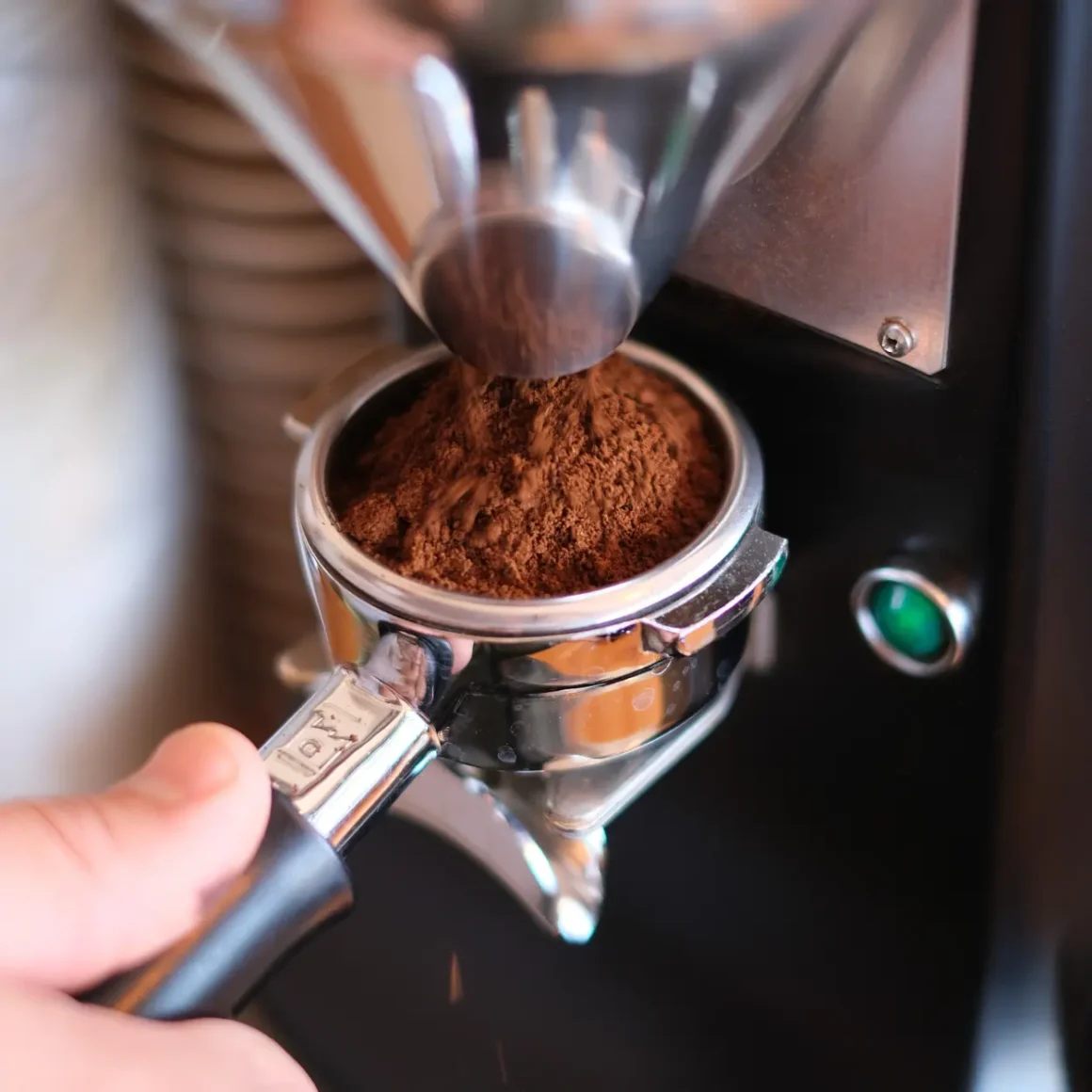
When it comes to crafting the perfect cup of this lovely beverage, understanding the significance of grind size and consistency is a foundational step.
- Importance of Grind Size: The size of the coffee grounds is paramount in espresso preparation. If the grind is too coarse, water will flow through too quickly, leading to under-extraction. Conversely, an overly fine grind can cause over-extraction and bitterness.
- Consistency is Key: Alongside size, the uniformity of the grind is crucial. Inconsistent grind sizes lead to uneven water distribution, causing some areas to be over-extracted while others remain under-extracted. A high-quality burr coffee grinder is essential to achieve a consistent grind.
- Adjusting for the Bean and Machine: Different beans and espresso coffee machines may require adjustments to the grind size for optimal extraction. Experimentation and fine-tuning are often necessary to find the right grind setting.
Tamping Pressure
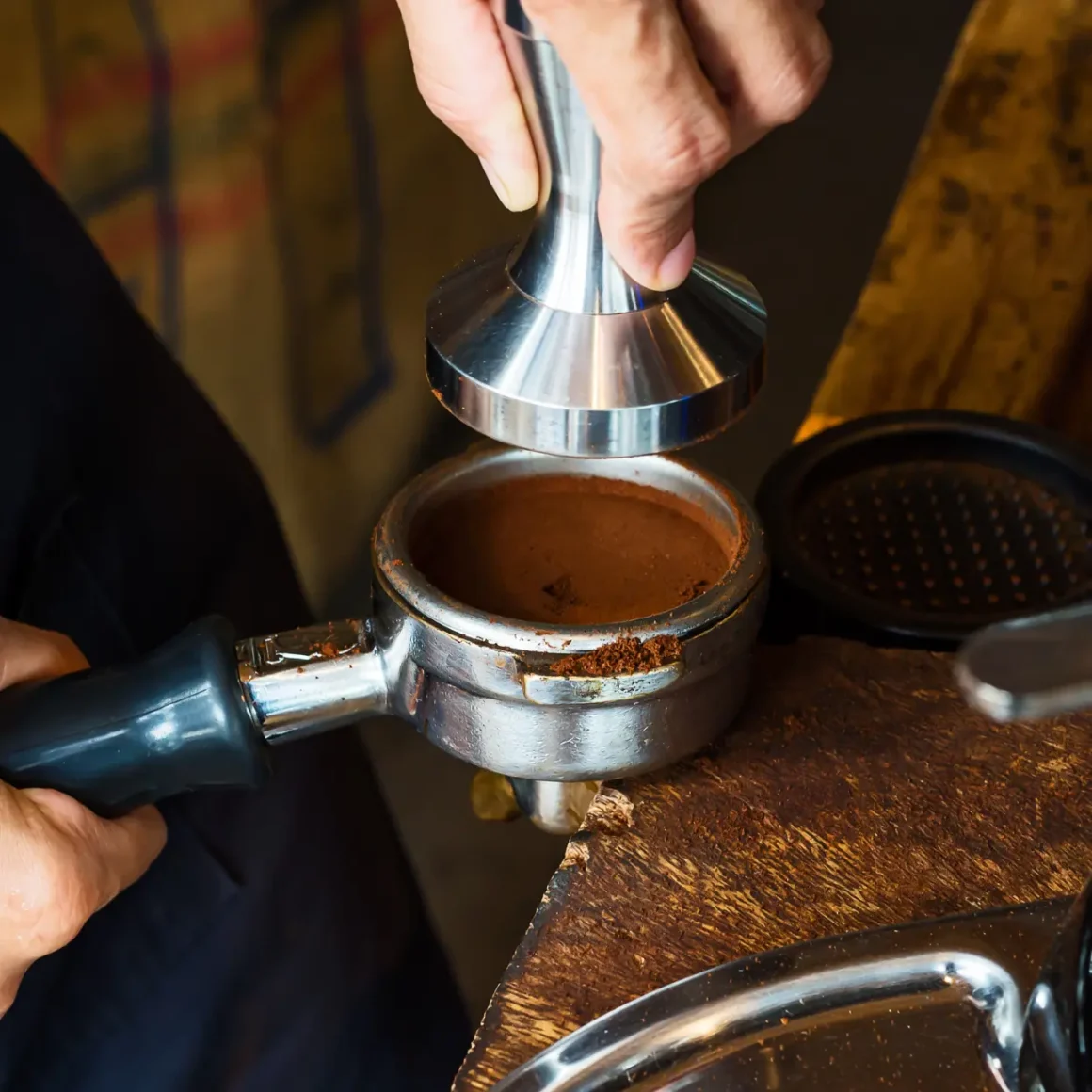
Achieving the perfect shot of this delectable coffee hinges on the delicate balance of applying the right tamping pressure.
- Balancing the Pressure: Applying the correct tamping pressure is a delicate balance. Insufficient pressure leads to loose grounds through which water can channel easily. Excessive pressure can compact the grounds too tightly, restricting water flow and causing uneven extraction.
- Technique Matters: Consistency in tamping technique ensures a level coffee bed. As previously discussed, an uneven tamp can cause water to channel through the less dense areas, resulting in a subpar espresso.
- Tools and Training: Utilizing a quality espresso tamper and investing time in training to develop a consistent tamping technique can significantly reduce the risk of channeling.
Water Temperature and Quality

The role of water in the preparation of this coffee drink is often underestimated, but it holds a crucial position in the pursuit of the perfect coffee shot.
- Optimal Temperature Range: The temperature of the water used for extraction plays a vital role. Water that is too hot can cause over-extraction, while water that is too cool leads to under-extraction. The ideal temperature range for espresso is typically between 90-96°C (195-205°F).
- Water Quality Impacts Flavor: The mineral content and purity of the water can affect both the extraction process and the final flavor of the espresso. Hard water or water with high mineral content can alter the taste and potentially impact the consistency of the extraction. (2)
The grind size and consistency, tamping pressure, and water temperature and quality are fundamental factors that influence espresso channeling. Mastering these aspects is essential for baristas and espresso enthusiasts alike to ensure that each cup of joe is evenly extracted, delivering the full range of flavors and aromas inherent in the coffee beans.
Detecting Espresso Channeling
Detecting the channeling of this coffee drink is essential in understanding how to prevent channeling espresso, ensuring the highest quality in each shot. Recognizing the signs of channeling involves careful observation and analysis, both through direct examination and the use of advanced technologies, as well as through professional espresso-tasting techniques.
Common Signs and Symptoms
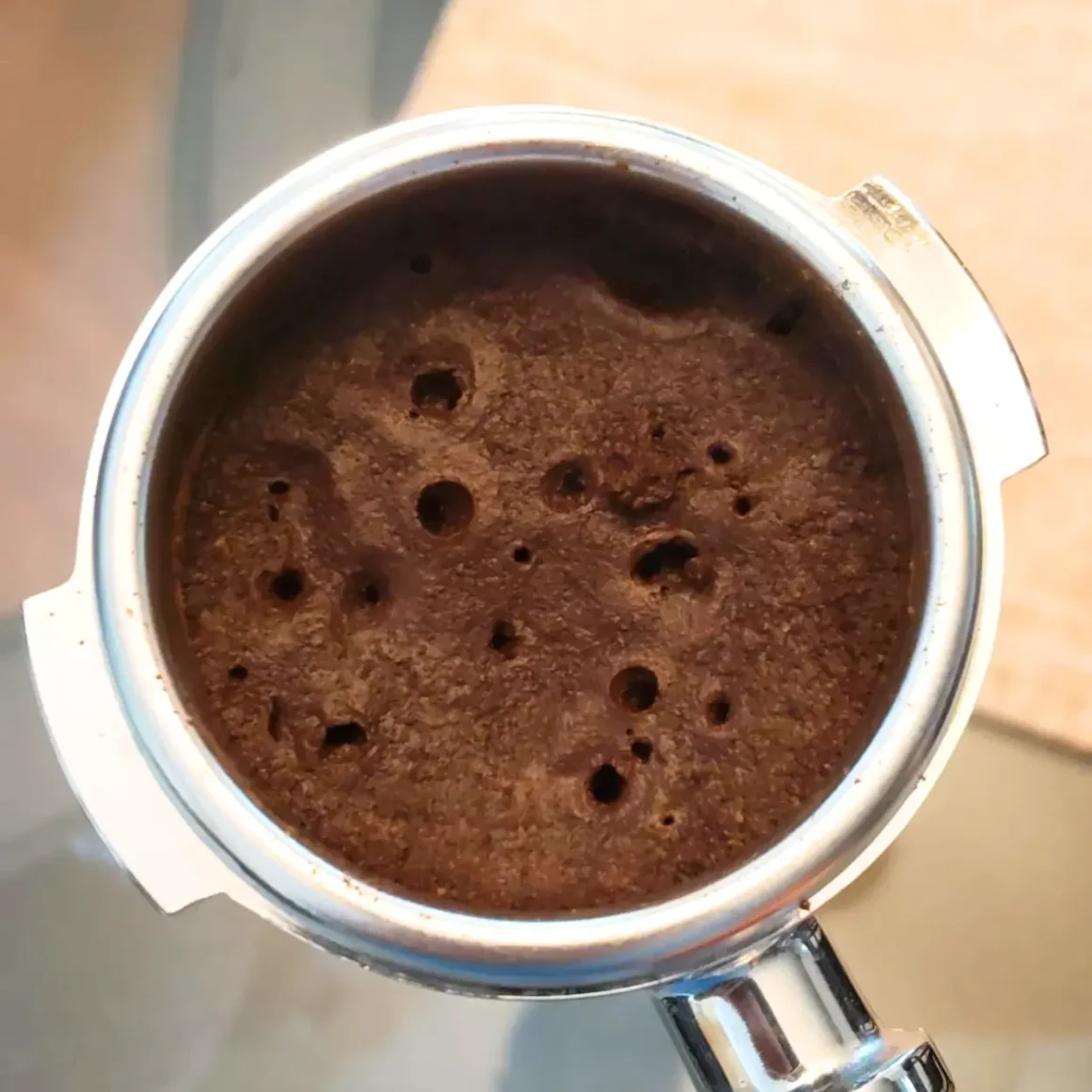
Detecting the channeling of espresso begins by identifying its common signs and symptoms. These indicators are crucial to recognize and address promptly.
- Visual Clues: One of the easiest ways to detect channeling is by observing this beverage as it brews. Signs such as uneven streams or sudden bursts of coffee suggest that water is not flowing evenly through the coffee puck.
- Irregular Puck Appearance: After brewing, inspecting the used coffee puck can reveal channeling. An ideal puck should be uniform and intact. Signs of channeling include holes or overly wet areas in the puck.
- Inconsistent Shot Times: If the time it takes to pull a shot varies significantly from one brew to the next, it might indicate inconsistent water flow through the coffee grounds, often due to channeling.
Using Technology for Analysis
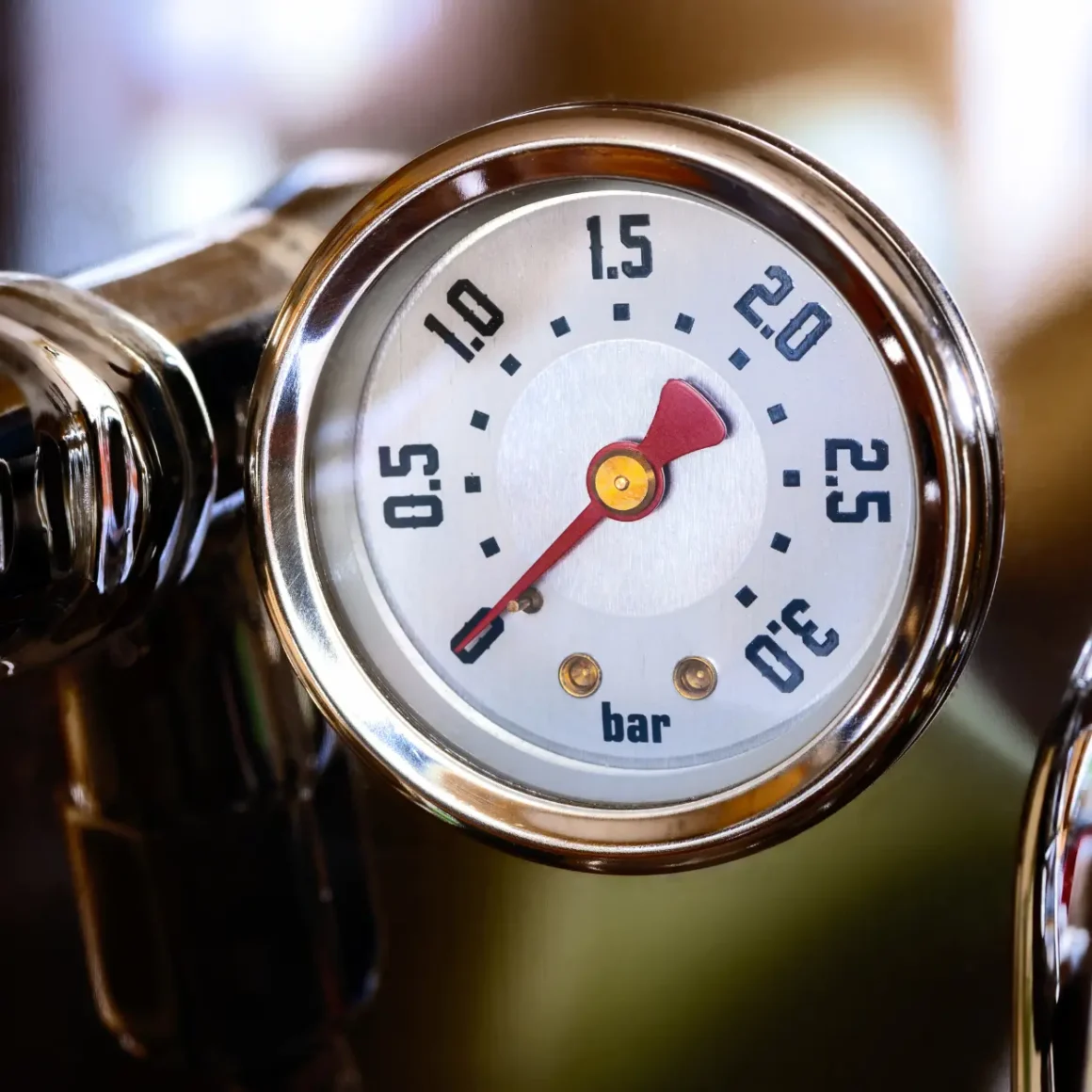
Incorporating technology into the brewing process offers a more analytical approach to identifying and addressing the channeling of this beverage.
- Pressure Gauges and Flow Meters: Advanced espresso machines equipped with pressure gauges and flow meters can help in monitoring the extraction process more accurately. Deviations from the ideal pressure and flow rate can indicate potential channeling issues.
- Smart Scales: Using smart scales to measure shot time and volume simultaneously can provide insights into the consistency of the extraction. Inconsistencies often point towards channeling.
- Digital Tamping Tools: These tools provide feedback on tamping pressure, helping to ensure a consistent and even tamp, which is crucial in how to prevent channeling espresso.
Professional Espresso Tasting

Professional tasting is an invaluable tool in detecting the channeling of this coffee drink, allowing for a nuanced understanding of the impact of extraction variables on flavor.
- Developing a Palate: Professional tasting, or cupping, is key in identifying the subtle flavors and defects in an espresso shot. A channeling-affected shot might taste overly bitter or sour, indicating uneven extraction. (3)
- Comparison Tasting: Tasting shots side by side can help in discerning differences. This is particularly useful when adjusting variables to correct channeling.
- Feedback and Continuous Learning: Regular tasting sessions and feedback from experienced tasters can enhance one’s ability to detect channeling through flavor. It’s a continuous learning process that evolves with experience and practice.
Overall, the detection of the channeling of this coffee beverage is a multifaceted process that directly informs how to prevent channeling espresso. It involves a combination of visual assessments, the use of technological tools, and the development of professional tasting skills. By mastering these aspects, baristas can not only detect but also effectively prevent channeling, ensuring each espresso shot is of the highest quality.
Preventing and Correcting Espresso Channeling
Preventing and correcting the channeling of this beverage is essential for achieving a high-quality espresso shot. Understanding and implementing the right techniques, using appropriate tools and equipment, and effectively troubleshooting common issues are key steps in addressing this problem. This guide will delve into how to fix channeling espresso, ensuring a consistently smooth and well-extracted shot.
Techniques for Avoiding Channeling
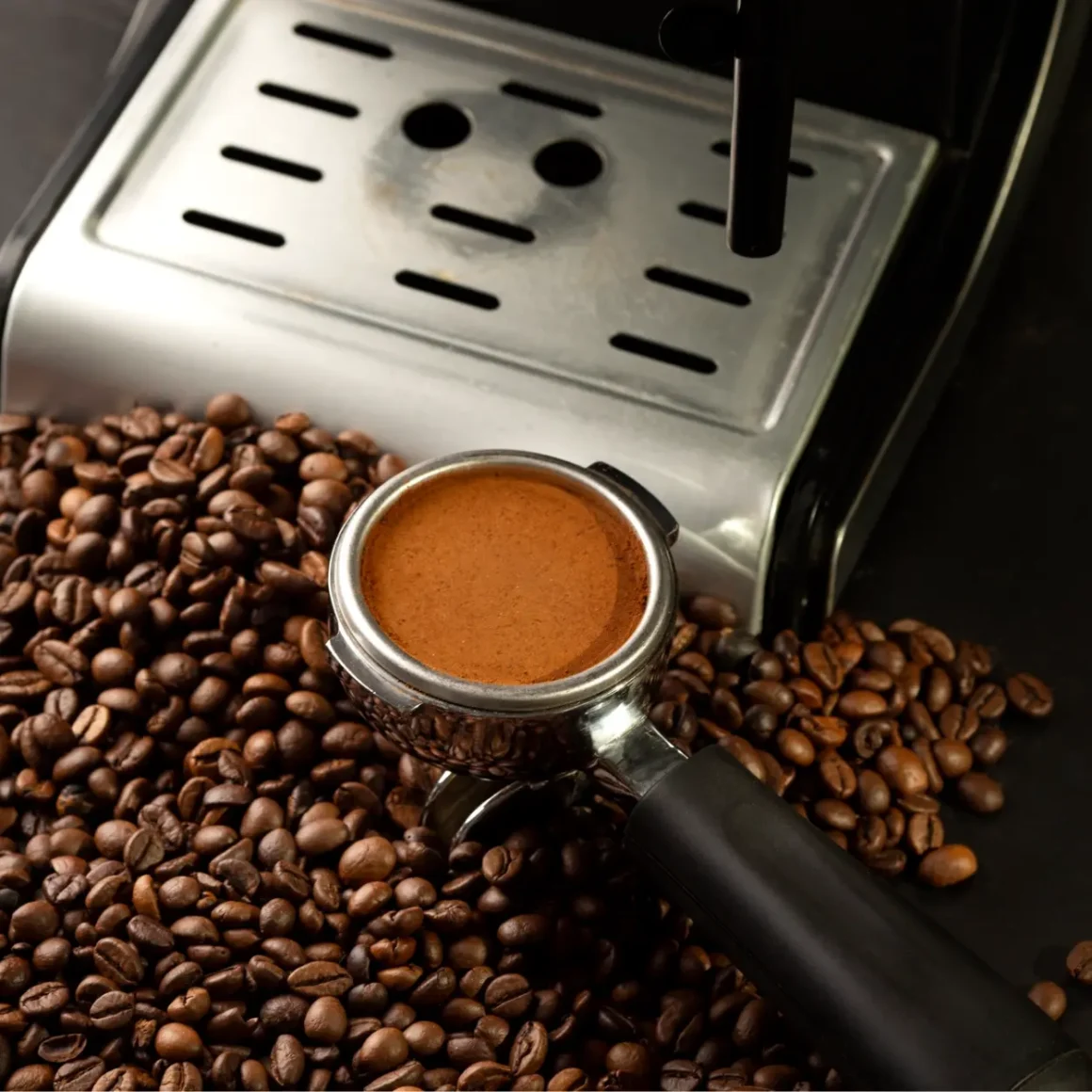
To craft the perfect shot of this delicacy, it is crucial to employ specific techniques that prevent channeling, ensuring a smooth and even extraction.
- Even Distribution of Coffee Grounds: Before tamping, ensure that the coffee grounds are evenly distributed in the portafilter. Uneven distribution can create channels through which water will preferentially flow.
- Consistent Tamping Pressure: As discussed earlier, apply uniform pressure when tamping the grounds. Inconsistent pressure can lead to areas of different densities, making some parts more susceptible to water channeling than others.
- Shot Timing: Make sure to monitor the extraction time closely, aiming for a consistent range of 25-30 seconds. Adjust your grind size or dose as needed to achieve this target time.
Tools and Equipment
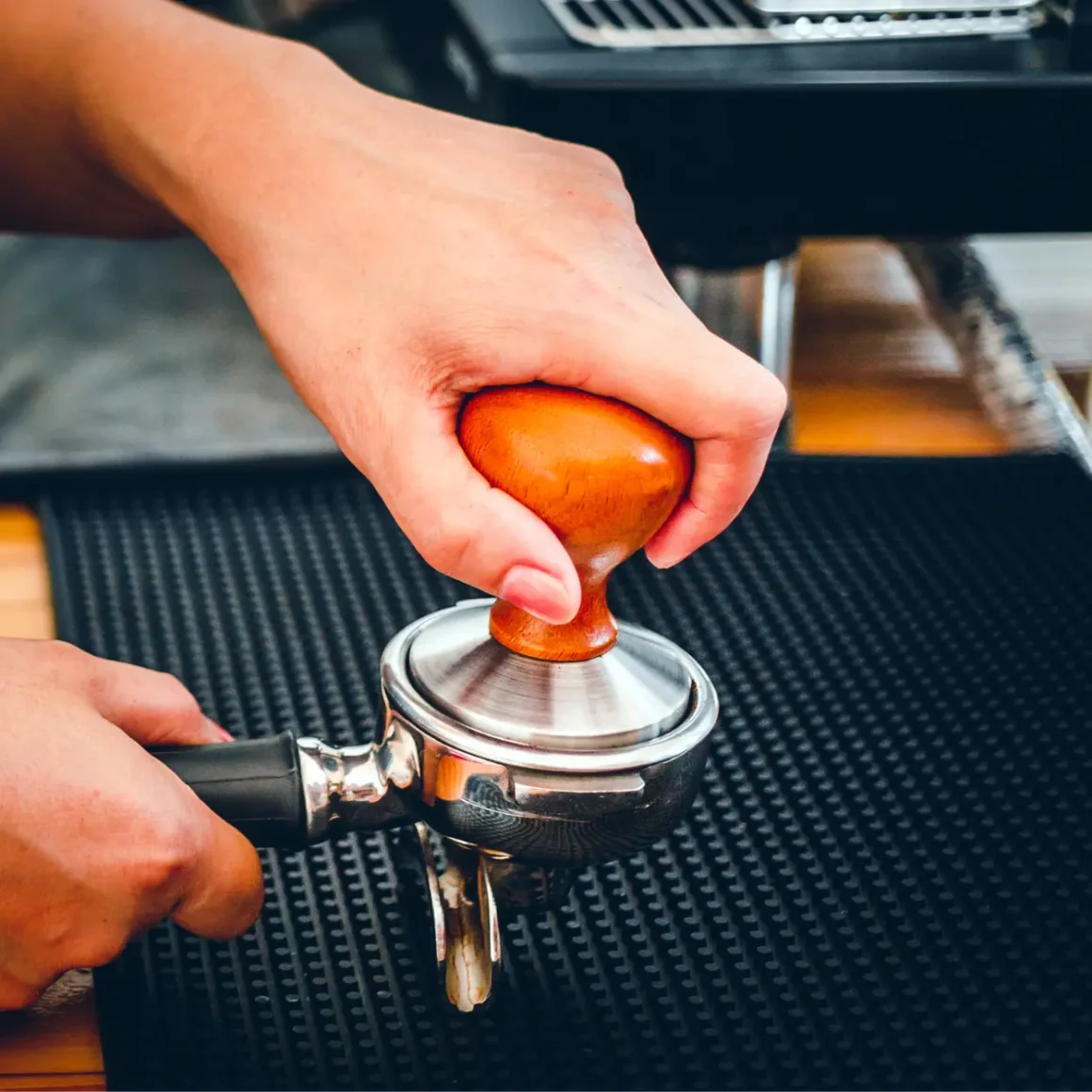
Selecting the right tools and equipment is paramount in ensuring a high-quality shot of this beverage free from channeling.
- Quality Espresso Grinder: A grinder that provides a consistent grind size is essential. This consistency is key in preventing the formation of channels in the coffee puck.
- Calibrated Tamper: Using a calibrated tamper helps in applying the same pressure each time, which is vital in creating an even and compact coffee bed.
- Distribution Tools: Tools like distribution needles or levelers can help in evenly spreading the coffee grounds before tamping, reducing the risk of channeling.
Troubleshooting Common Issues
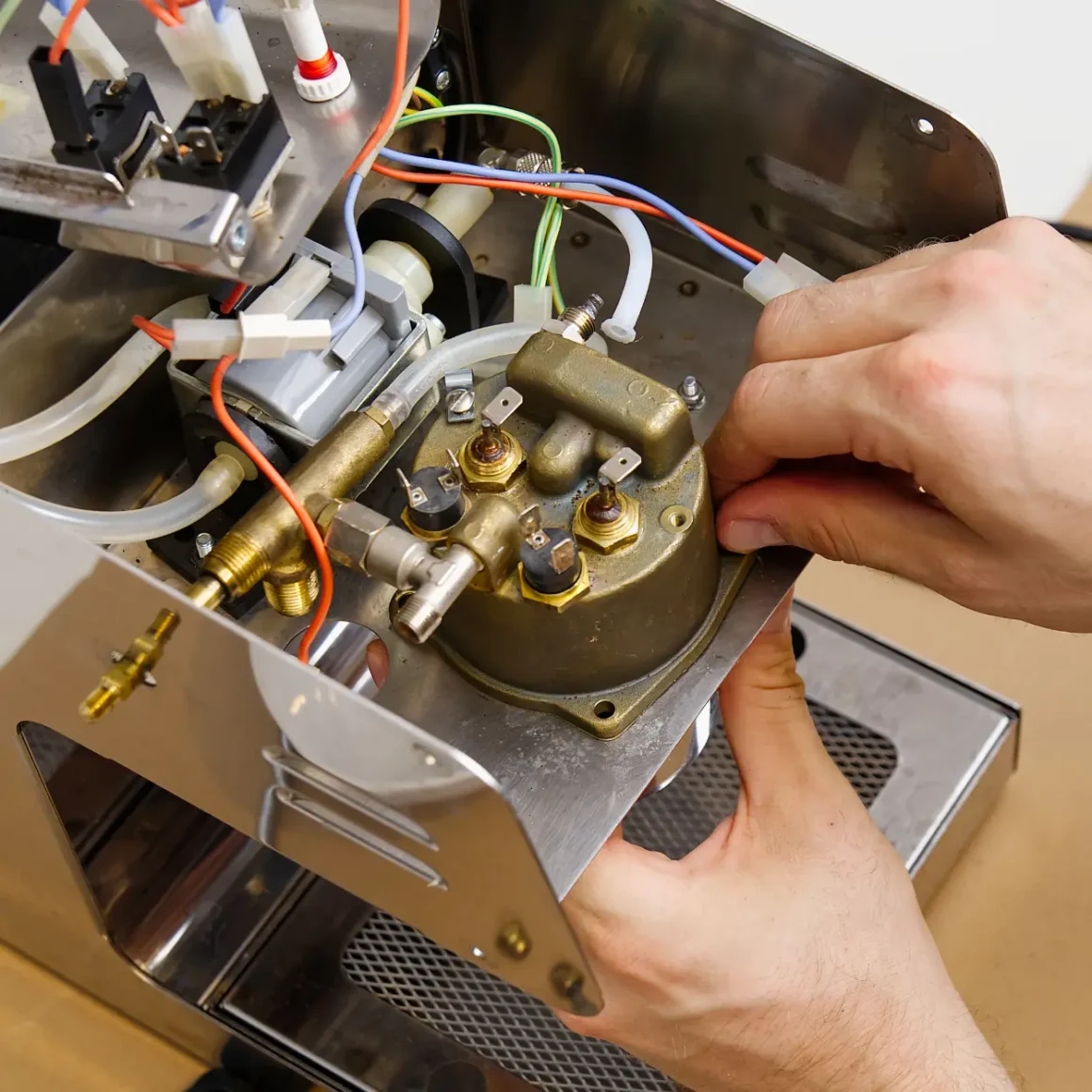
Effective troubleshooting is essential in managing and rectifying issues that can lead to channeling in espresso shots.
- Adjusting for Coffee Freshness: Freshly roasted coffee behaves differently compared to older coffee. Adjust the grind size and tamping pressure as needed to accommodate the coffee’s age and moisture content.
- Machine Maintenance: Regularly check and maintain your espresso machine. Issues like uneven water distribution or pressure fluctuations can contribute to channeling.
- Training and Practice: Regular practice and training are crucial. Even with the best equipment, the skill and consistency of the barista play a significant role in preventing channeling.
In summary, understanding and implementing these techniques, using the appropriate tools, and effectively troubleshooting are key to how to fix channeling espresso. Consistency in every step, from grinding to tamping, and regular maintenance of equipment is crucial in ensuring that every cup of this delightful coffee drink is perfectly extracted without the issues of channeling.
Advanced Barista Tips and Tricks
If you’re looking to elevate your craft, mastering advanced techniques and understanding the nuances of espresso making are essential. Beyond basic skills, there are several areas where a deeper knowledge can significantly enhance the quality of the coffee. These include meticulous cleaning of the espresso coffee machine, exploring a variety of coffee beans, and experimenting with different extraction ratios. Each of these aspects plays a crucial role in creating a superior coffee experience.
Espresso Machine Cleaning
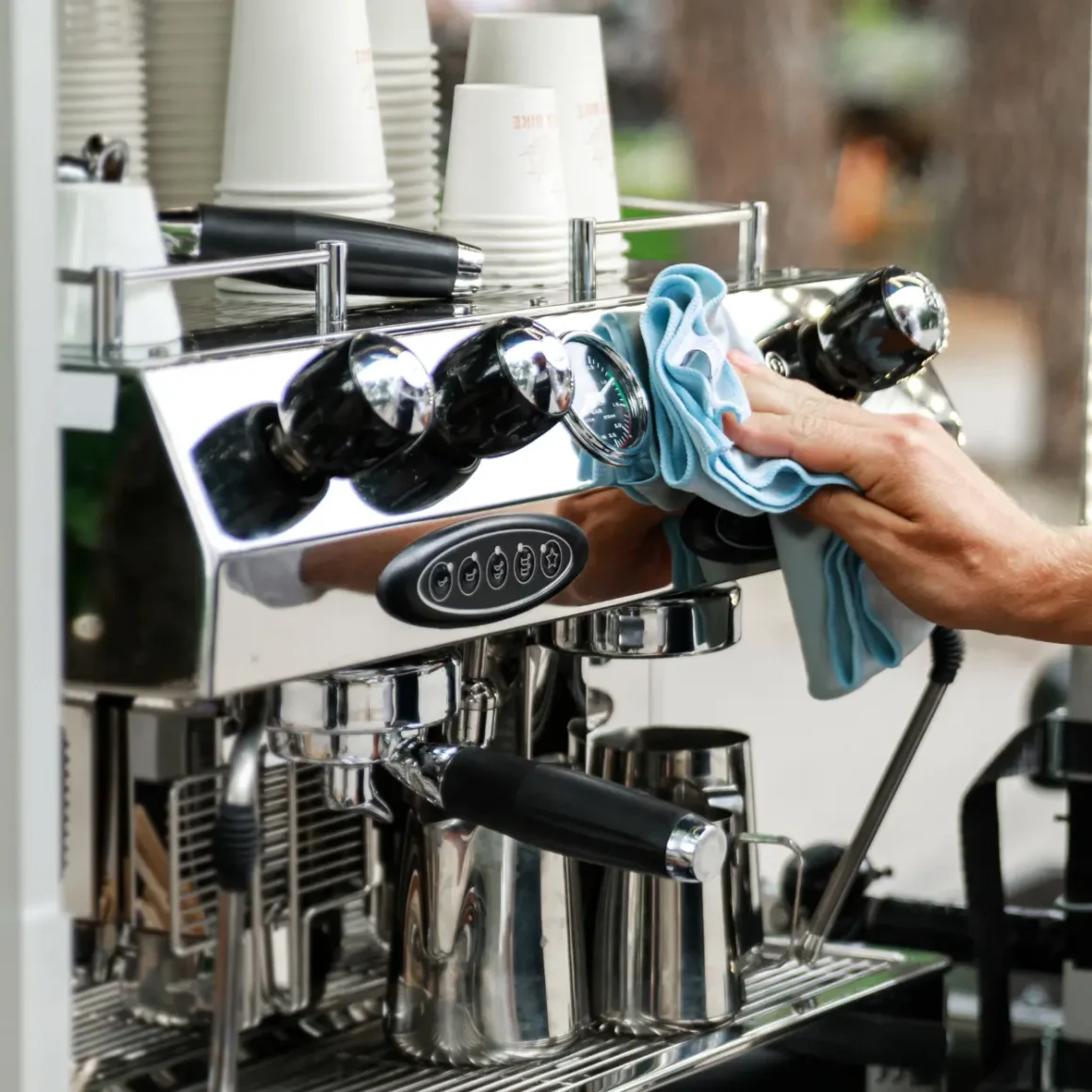
Maintaining the cleanliness and functionality of your coffee machine is critical for consistently high-quality coffee production.
- Regular Cleaning Routine: Establishing a daily cleaning routine for the espresso coffee machine is vital. This includes backflushing with water after each day’s use and using a cleaning agent weekly to remove coffee oils and residues.
- Descaling the Machine: Depending on the water’s hardness, it’s important to descale the machine regularly. This process removes mineral build-up that can affect water flow and temperature stability.
- Checking and Replacing Parts: Regularly inspect and replace wearable parts like gaskets and screens. This ensures that the machine operates at its best and maintains consistent pressure and temperature.
Exploring Different Coffee Beans
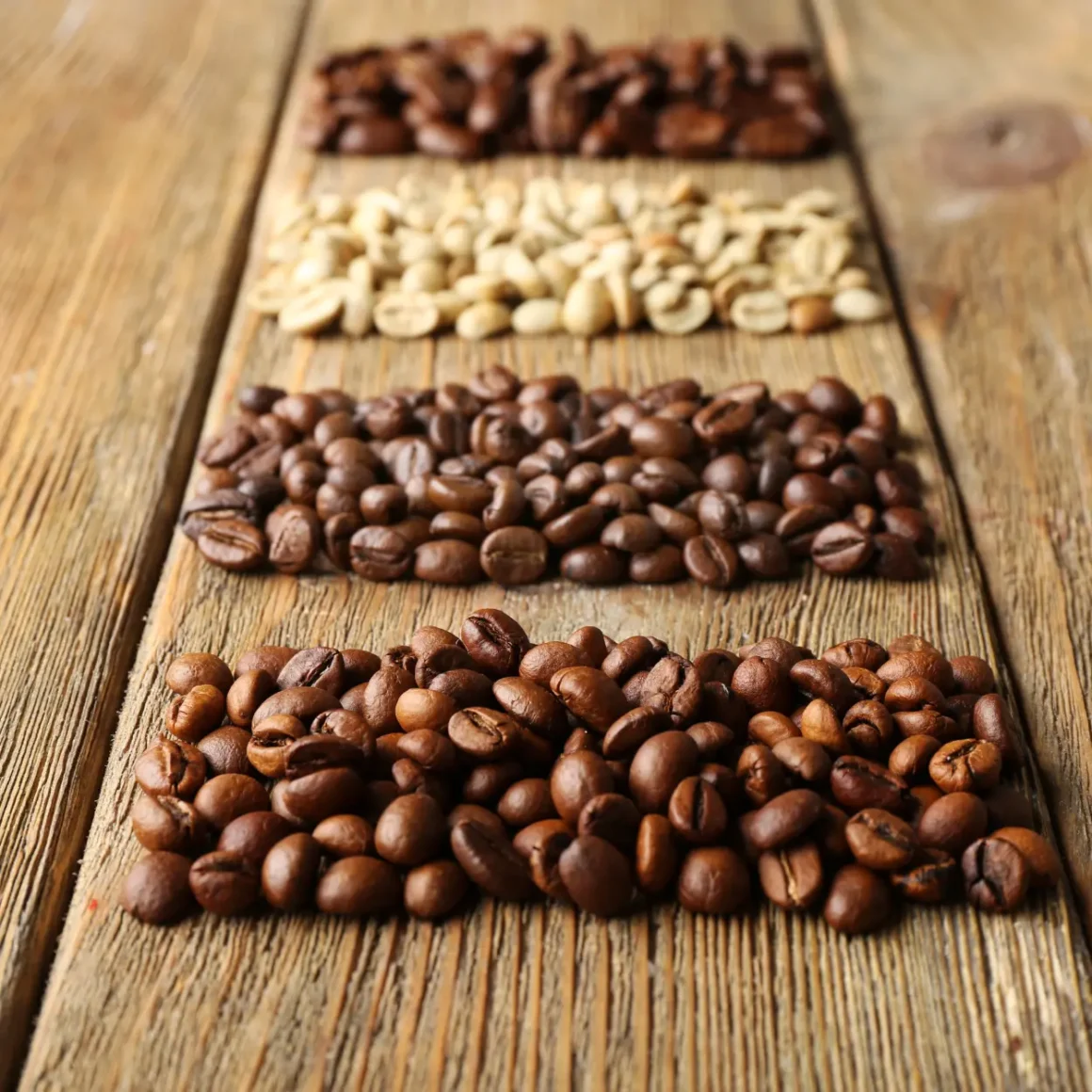
Diversifying the selection of coffee beans used can significantly enhance the coffee experience, offering a range of flavors and aromas.
- Variety of Origins: Each coffee origin offers unique flavor profiles. Experimenting with beans from different regions, like Africa, Central America, or Asia, can introduce a range of flavors to the espresso.
- Understanding Roast Profiles: Different roast levels, from light to dark, greatly affect the taste of this coffee drink. Light roasts tend to be more acidic and fruity, while dark roasts are bolder and more robust.
- Seasonal Selections: Seasonal coffee offerings often provide the freshest and most unique flavors. Keeping up with seasonal varieties can add an exciting dimension to espresso offerings.
Experimenting with Extraction Ratios
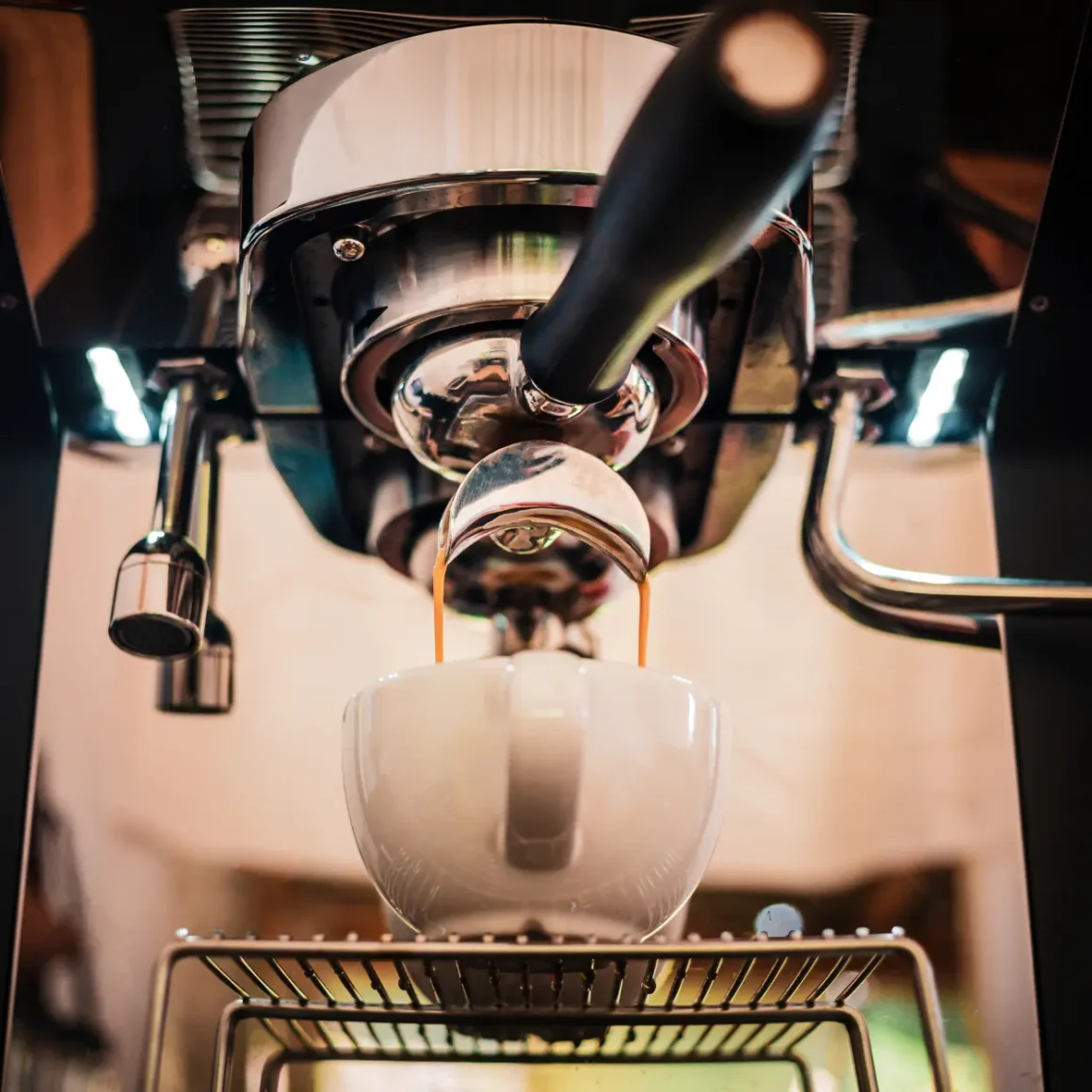
Adjusting extraction ratios is a key aspect of tailoring this beverage to meet specific taste preferences and exploring the full potential of coffee flavors.
- Adjusting Ratios for Taste: The ratio of coffee to water, or the brewing recipe, significantly influences the strength and flavor of the espresso. Adjusting these ratios can alter the taste profile, from stronger and more intense to lighter and more nuanced.
- Timing the Extraction: The extraction time also affects flavor. A shorter extraction time yields a more acidic shot, while a longer one tends to bring out more bitterness.
- Balancing Grind and Yield: Finding the right balance between grind size and extraction yield is key. A finer grind may require a shorter extraction time, while a coarser grind could benefit from a longer extraction.
To sum up, advancing in the art of espresso-making involves more than just perfecting the basics. It requires a commitment to regular machine maintenance, an adventurous spirit in exploring different coffee beans, and a willingness to experiment with various extraction ratios. These advanced tips and tricks can help fully unlock the potential of this delightful cup of joe, leading to an exceptional coffee experience.
Conclusion
This article has provided a comprehensive exploration of what is channeling in espresso and its significant impact on the brewing process. Channeling, a phenomenon where water flows unevenly through the coffee grounds, leads to an uneven extraction, affecting the overall quality and taste of the espresso. By understanding the causes of channeling and implementing the techniques and strategies discussed, you can effectively mitigate this issue. Regular equipment maintenance, the use of appropriate tools, and the continuous practice and adaptation of brewing methods play crucial roles in this process.
FAQ
How does grind size affect espresso channeling?
Inconsistent or incorrect grind size can lead to channeling, with too coarse a grind causing under-extraction and too fine a grind leading to over-extraction.
What are the signs of channeling during espresso extraction?
Signs of channeling include uneven espresso streams, spurting, and an irregular appearance of the coffee puck after extraction.
Can channeling be fixed once it occurs?
Once channeling occurs during a shot, it can't be fixed for that extraction, but adjustments can be made for future shots to prevent recurrence.
What do experts recommend to prevent espresso channeling?
Experts recommend consistent and even tamping, using a quality grinder for uniform grind size, and ensuring the espresso machine is properly maintained.
